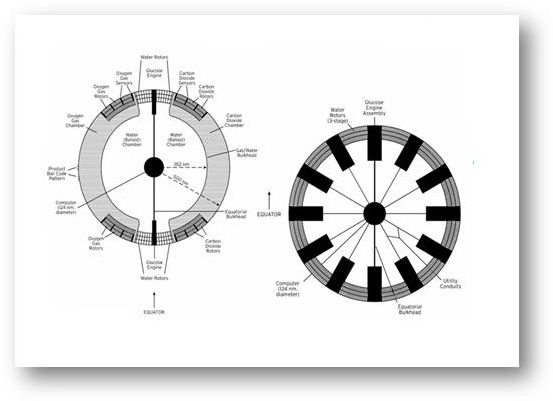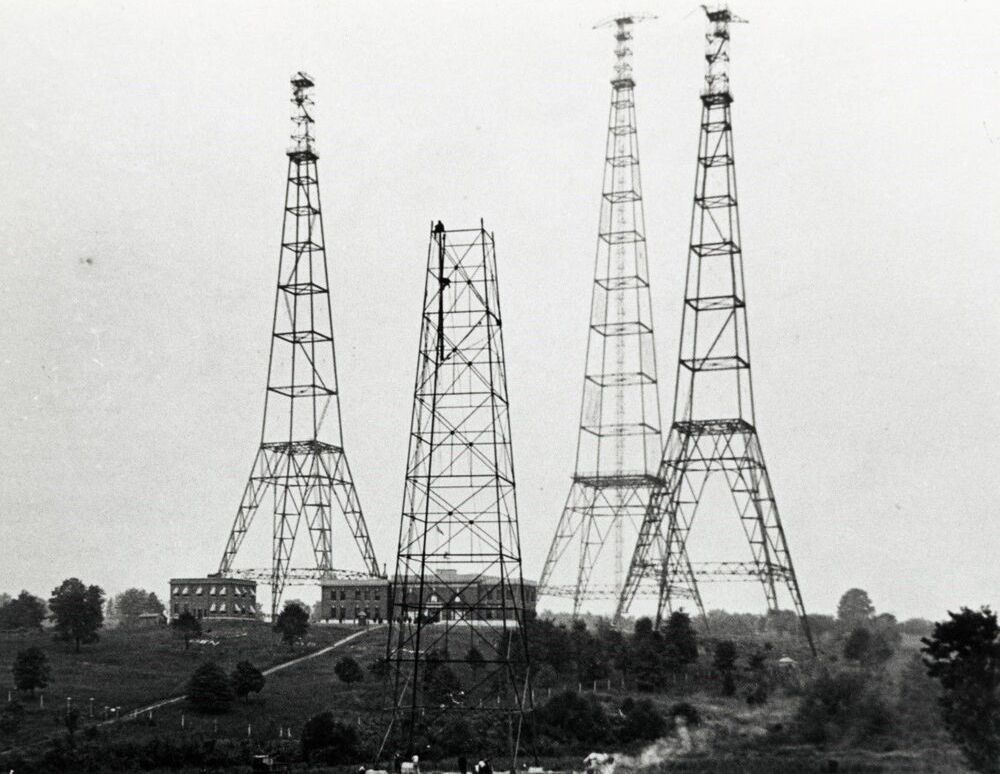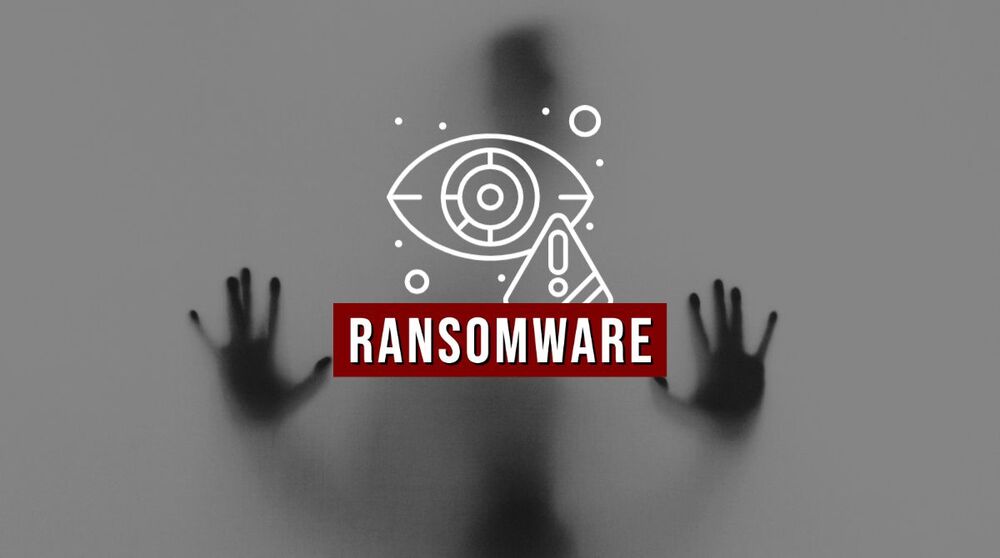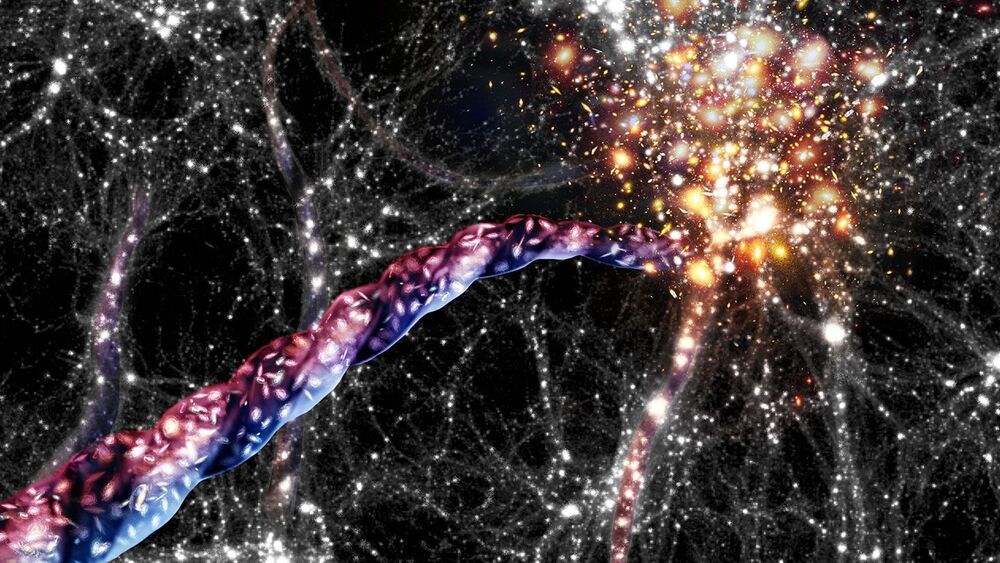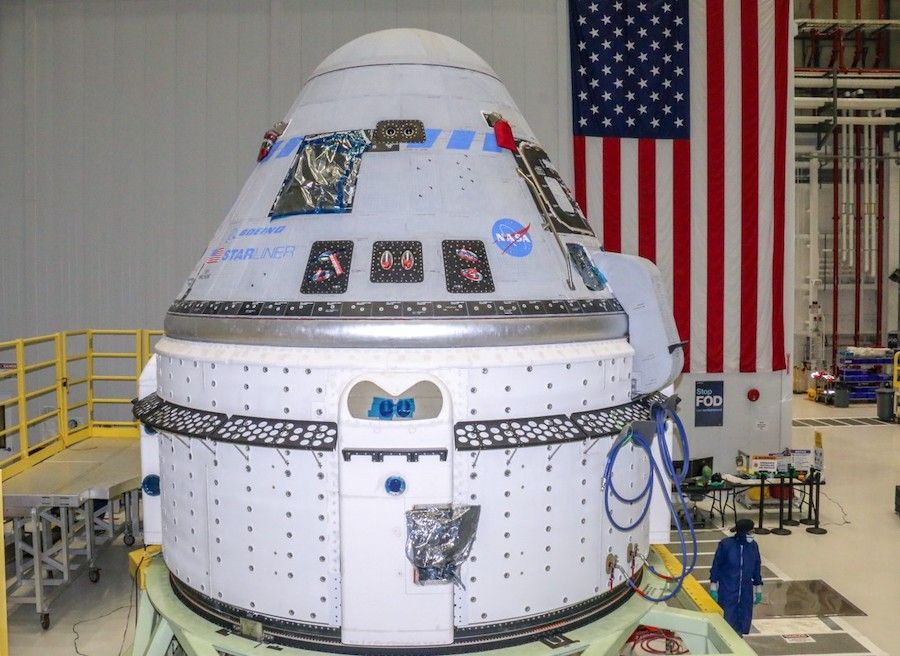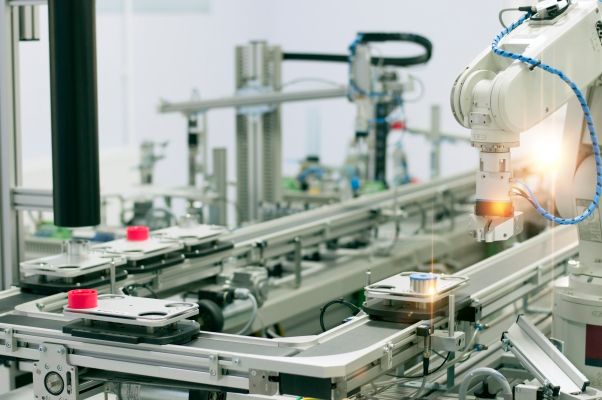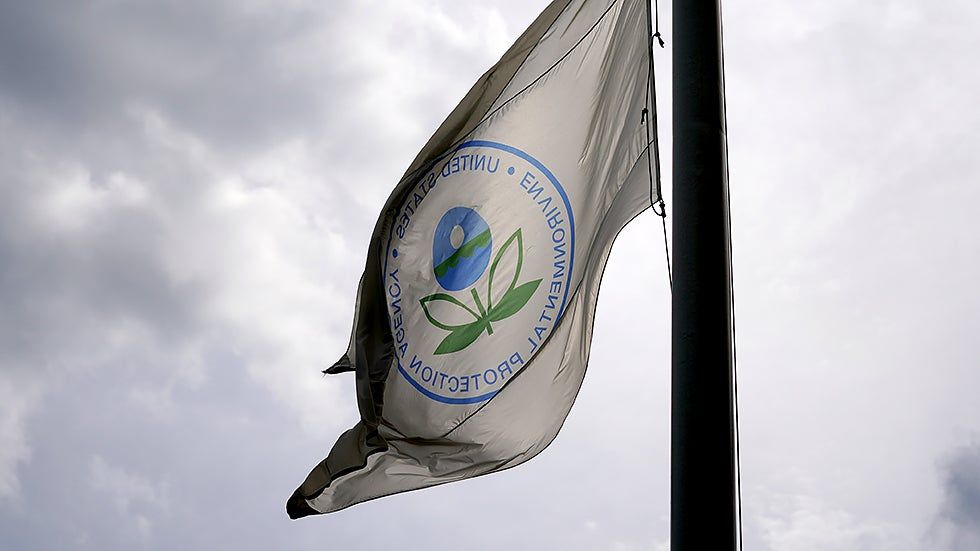O„ o!!!
Estimated to be between 100 to 370 kilometres in width, the object is bigger than the normal specification of a comet and is likely to be a dwarf planet.
A 6, 00000 year orbit
When first observed in 2014, the mega comet was about 29 Astronomical Units away from Sun — 1 AU is the distance between Earth and Sun. Since then, the 2014 UN271 has travelled nearly 7 AU and is now nearly 22 AU away from Sun. This distance brings it closer to us than Neptune. At its closest approach to planets in our Solar System, it is expected to pass by just 10.9 AU of the Sun, almost reaching the orbit of Saturn.

